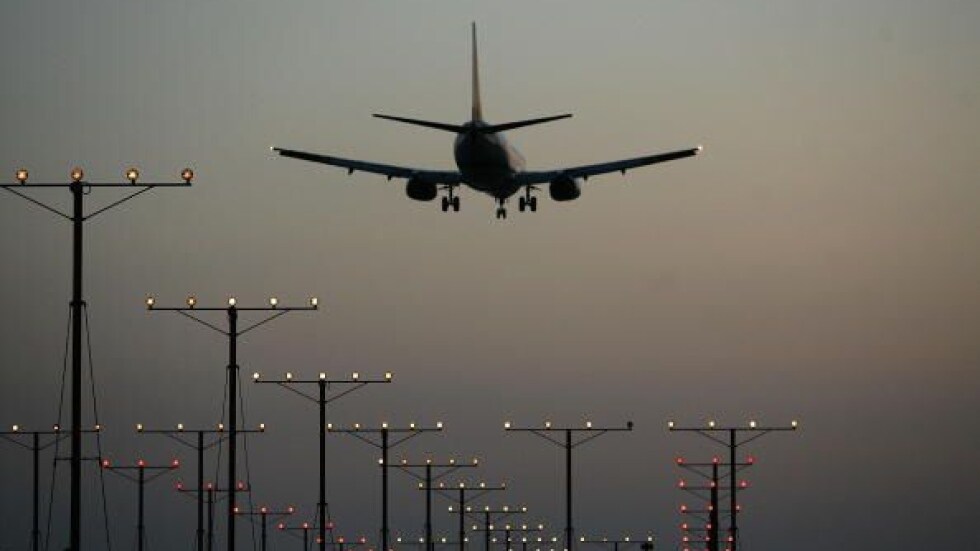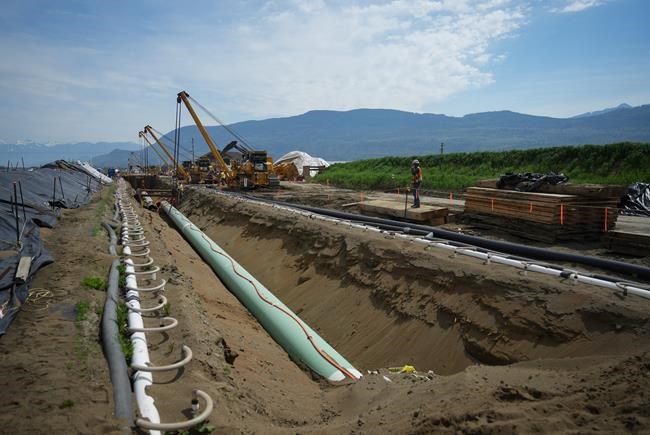Live Event Insurance: Be Prepared for Safety

After the dormancy of the COVID-19 pandemic, the resurgence of large crowds and the associated safety and security risks are once again in the spotlight. With live concerts and music festivals back in full swing, insurers are stepping up efforts to secure these events for both concertgoers and performers.
“Usually we have security measures in place to enter and exit the stage. Miner told Insurance Business.
“Sometimes security guards take a break or do something else after getting someone safely on stage. Now we’re finding out.” [the stage] It can also be a dangerous place. ”
read more: Travis Scott’s Astroworld tragedy is a poignant reminder of the risks of live events
One of the most common incidents in these high-energy events is projectiles entering and exiting the stage. Just weeks before the Lady Gaga incident, rapper Kid Cudi walked off stage at the Rolling Loud Music Festival in Florida after a crowd threw water bottles and trash at him. .
“Some performers throw things into the crowd. For example, we see drummers throw drumsticks into the crowd,” noted Minor. Throwing objects is usually exempt from live event policies, but organizers may offer well-thought-out plans to insurance companies.
“Metallica threw thousands of small rubber beach balls during their concert. ‘, Minor explained.
Throwing water bottles and beach balls at people is still relatively harmless, but more serious safety incidents have occurred during the recent summer festival season.
Pop star Dua Lipa’s ‘Future Nostalgia’ show at Toronto’s Scotiabank Arena on July 27 ended with a literal explosion after fans secretly brought fireworks into the venue. . The crowd desperately dispersed, and Toronto police reported that at least three people suffered minor injuries during the unauthorized light show.
“Due to recent events, we are increasing security more. But venue security varies by performer,” Minor said. He noted that not all artists have personal security details, adding to the challenge of risk management at events.
concert safety innovation
Thankfully, technology is helping insurers and organizers manage security risks. The rise of real-time video surveillance allows interested parties to stop shows for safety reasons. Organizers can install a system of security cameras around the venue and allow insurance companies access to the feed, Miner said.
“I can sit at my desk and monitor two or three events. [organizers] “Hey, just to let you know that the barrier by Stage 2 has been removed.” [Video monitoring] It’s also helpful because it cuts costs for insurance companies. You don’t have to travel or send people to the event,” he added.
Another way insurers can remotely monitor events is through social media. Miners showed common ways to use Facebook, Twitter, or other channels to forestall gate rushes and prevent stampedes at venues.
“Enter a specific trigger word and you’ll see thousands of images from people posting photos at your event. You can see that it hits people. If they posted on social media, I saw it from the command center so I could show up with the guards before they got there. ”
read more: How can insurers prepare for the increase in live events?
Minor said crowd management can be difficult as many venues employ volunteers to guide concert-goers. He recommends that organizers constantly review their security procedures and develop plans to address common safety risks. The Incident Command System (NIMS) is a standardized approach to emergency response command, control, and coordination, and is also a highly effective tool for event organizers.
Other important factors for ensuring concert safety include ensuring clearly marked exits, weather forecasts, proper staging, and storage of propane or pyrotechnics.
Slips and falls are the most common complaints attributed to live event policies, so ensuring proper medical personnel and transportation to the venue’s local medical facility is also important.
“Communication ultimately becomes one of the biggest points. Whether it’s private security or medical personnel, the level of communication with people on the ground and with local authorities is important,” Miner said. “It’s hard to plan for some of the tragedies we’ve seen. But we can plan our response.”
Live Event Insurance: Be Prepared for Safety
Source link Live Event Insurance: Be Prepared for Safety




